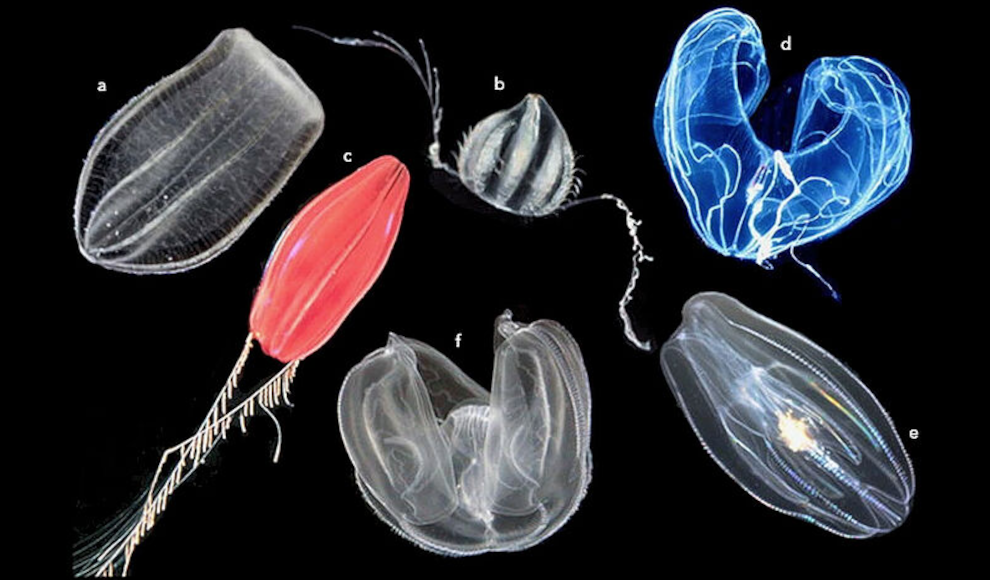A new study has solved a long-standing mystery in the earliest stages of evolution, revealing which animals first developed from single-celled microorganisms. The University of Vienna led the research, which found that both sponges and comb jellies could be the most primitive animal species. The team used a new method to examine the sequential arrangement of genes on chromosomes, rather than the usual approach of studying gene development over time. The results showed that the genetic arrangement of comb jellies was similar to that of single-celled organisms, suggesting that they diverged before significant genetic restructuring occurred.
The evolution of multicellular animals from single-celled organisms is a central aspect of evolution, but the question of which animal species is the most primitive has remained unanswered. The University of Vienna’s research has now solved this mystery, using a new method to examine the sequential arrangement of genes on chromosomes. The results showed that comb jellies could be the most primitive animal species, as their genetic arrangement was similar to that of single-celled organisms. This suggests that they diverged before significant genetic restructuring occurred. The study provides an essential contribution to understanding the relationships between animal groups and how fundamental characteristics such as the nervous system, muscular structure, and digestive system evolved over time.
The research also offers a glimpse into the early stages of evolution, providing insight into the common ancestors of all animals. The study’s lead researcher, Darrin Schultz, explains that the research will help us understand the basic functions that all animals share, such as how they perceive their environment, eat, and move. The study’s findings could also help us understand the origins of these functions and how they have evolved over time. Overall, the study provides a new perspective on the earliest stages of evolution and offers valuable insights into the genetic makeup of animals.










